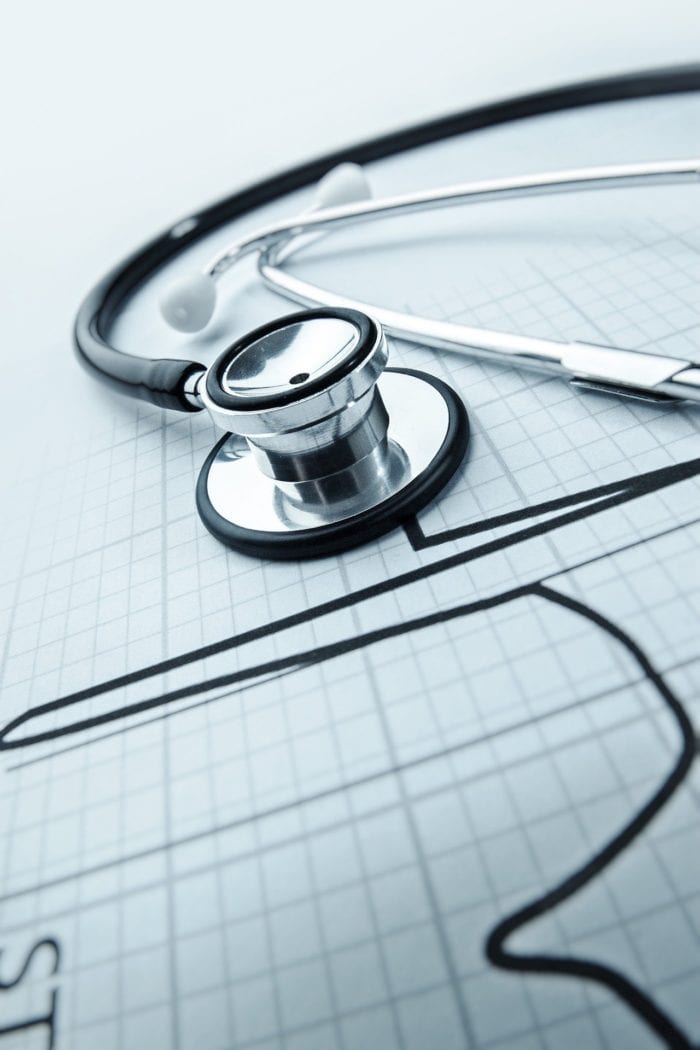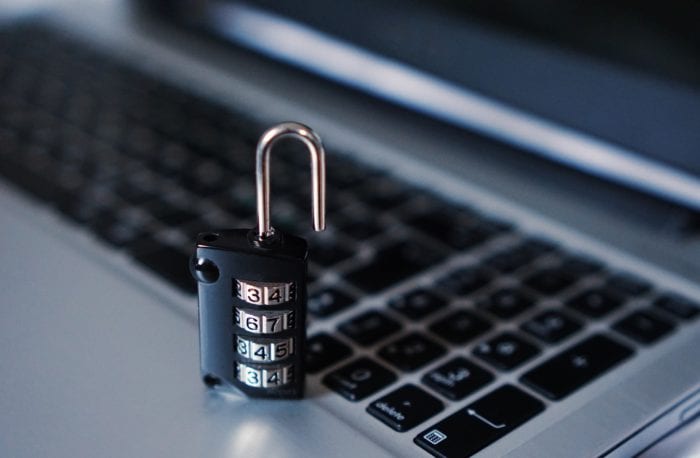Keeping Electronic Medical Records (EMR) and Electronic Health Records (EHR) Safe
The vast majority of dental and medical practices have switched from paper records to electronic medical records in an effort to provide better patient care and modernize offices and treatment methods.
In transferring records from paper to digital format, these electronic medical records are covered under the HIPAA law, which requires that your healthcare provider keep the information secure.
Whether you manage a medical office or are a patient of one it is important to understand the three main areas where HIPAA regulations require security for these electronic records. These include safeguards in the areas of: technology, administration and physical safeguards. Let’s review these areas and how the IT provider for your medical practice is the critical component in maintaining your sensitive data.

Technical Safeguards
These safeguards involve access control, audit control, integrity, person or entity authentication, and transmission security. For example, when a member of the staff or your provider needs to access data there will be a specific user identification, emergency access procedure, automatic logoff when a viewer steps away from the device, encryption, and decryption of data. This also includes protocols for determining who can access, alter and delete patient files.
Administrative Safeguards
Administrative safeguards include a variety of employee protocols when it comes to discussing patient information and keeping communication about patient information to a minimum when in public areas. It also includes guidelines on social media use while in the workplace, and maintaining strict passwords for devices at the office. This series of safeguards should also include: locking computers when not in use, logging out after every session, and using only individual passwords at workstations.

Physical Safeguards
This series of protocols maintain the physical security of sensitive information. These physical guidelines include: implementing access control and validation procedures concerning badges, keys, and key cards. This is important in order to determine who can access certain data and devices. It also includes: restricting physical access to desktop computers, laptops, servers, printers, copiers, smartphones, files, and other sensitive equipment or documents within the workplace.
It may seem that protocols required to keep your patient data secure goes beyond what was needed with the traditional paper record keeping. The same privacy laws cover your paper and electronic data. For most medical and dental offices, the benefits of using electronic records still far outweighs the effort needed to maintain digital security.
The benefit of electronic records includes the idea that, with patient permission, healthcare providers are able to work with other doctors, hospitals, and health plans to find ways to improve treatment and end results. The information in EHRs can be shared with other organizations involved in patient care especially if the computer systems are set up to talk to each other. This can mean access to medical experts, better treatment options, and a more streamlined medical experience.
Does your medical practice need assistance with maintaining your electronic records? This is one of our specialties here at Spectra Networks. Check out our website, client testimonials, managed service options for your practice.
